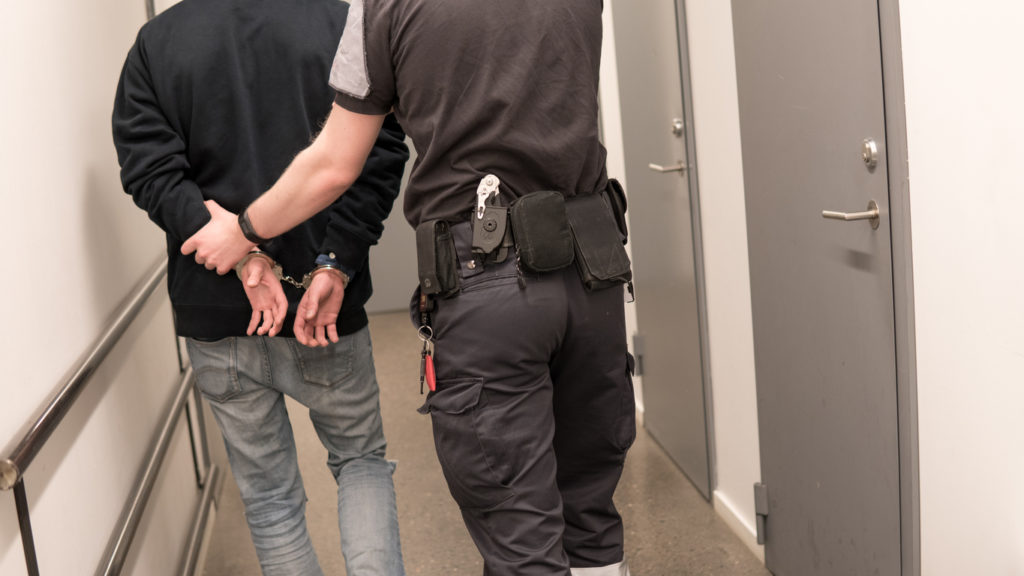Neglect Attorney – TCJS Cites a County Jail in Texas for Non-Compliance Related to the Use of Restraint Chairs – Part 2

The Texas Commission on Jail Standards (TCJS) offers more detail with regard to the use of restraint devices on inmates In the section for juveniles as compared with the information in the section related to adult detainees. The following are rules for the use of restraint chairs in juvenile facilities:
- Restraint chairs are to be used for the purpose of preventing self-injury and injury to others or when a detainee demonstrates extremely disruptive or aggressive behavior and other techniques for restraint are ineffective or inappropriate to control the behavior of the resident.
- Only a detention officer or juvenile probation officer with training on the correct use of the restraint chair can place a resident in a restraint chair or supervise a resident being placed in a restraint chair.
- Every 10 minutes a circulation check must be conducted by a detention officer or a juvenile probation officer.
- The following applies to the length of confinement of a resident in a juvenile facility:
- The resident will be released from the restraint chair as soon as he or she is no longer a threat to himself or others and the staff can reasonably control the actions of the resident.
- Every 10 minutes, a resident will be considered for removal from the restraint chair;
- The maximum confinement time in a restraint chair is 1 hour.
See Part 1 of this ongoing series. In the next segment, learn exceptions to the maximum length of time that a juvenile can remain in a restraint chair.
All posts on this site are informational resources. There is never an intention on this website to make any kind of implication that an entity or individual has been involved in impropriety of any sort.
–Guest Contributor
